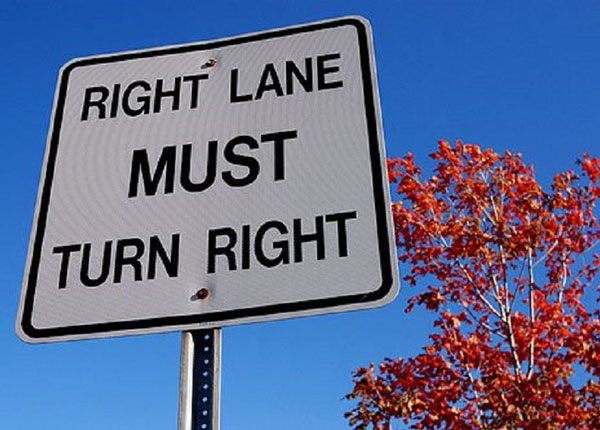
Driving Rules for Using a Car Horn: When Signaling May Be Illegal
Updated Oct. 30, 2020Sounding your car horn is the most effective way to get another road user’s attention. However, it is also the most aggressive means of communication and as such, must be used sparingly. Far too many drivers abuse this signaling device, using it to reprimand other drivers for mistakes, encourage cyclists to move or urge other motorists to travel faster.
Some drivers use the car horn to express anger and frustration when things on the road do not go their way. Of all the incorrect reasons to sound your horn, being angry at another road user takes the prize for the worst offense.
Learn how to use your car horn appropriately to become a safe and responsible driver.
When should you use a car horn?
All state driving manuals agree about when and where a car horn should be used. Though you should check your own handbook for details, as there may be minor variations in policy and differences in penalties for car horn misuse.
In the following situations, signal with your car horn lightly:
- 1

A cyclist or pedestrian is moving into your lane and there is a risk that you may collide with them. This does not apply on pedestrian crossings, as pedestrians have the right of way. You must not sound your horn to hurry a pedestrian over a crosswalk.
- 2

When a driver begins turning into your lane as you attempt to pass them.
- 3

When you need to warn other road users of your presence in a low-visibility situation. For instance, when driving through fog, heavy snowfall or while approaching a blind curve. In these situations, signal with your car horn using a loud, sharp blast:
- 4

When warning another driver that they are about to collide with you.
- 5

If you must warn other road users that you have lost control of your vehicle. For instance, if the accelerator is stuck or the brakes fail.
- 6

When you must scare an animal off the roadway to avoid a collision.
When not to use a car horn
When deciding if you should use your car horn in any situation, ask yourself this question: are you or any other road users in immediate danger which could be alleviated by sounding your horn? If nobody is at risk of harm, you should avoid using your horn as it may be against driving regulations.
Drivers often underestimate the noise made by their car horns. It is safe to assume that your horn can be heard clearly at a distance of 200 feet, though it is usually much further. Using your horn at night could wake up an entire city block, and at any time, it could startle nearby road users into having an accident.
Do not use your car horn in the following situations:
- 1

When sharing the road with horse riders or horse-drawn vehicles. Horses are very sensitive to loud sounds could easily cause injury when startled.
- 2

To communicate with cyclists (unless their current course puts them in immediate danger). It is illegal to sound your horn at a cyclist to encourage them to move faster or move over.
- 3

When blind pedestrians with or without guide dogs are close by. Sounding your horn may frighten their guide dog into leading them into danger. Many drivers think they are being helpful by sounding their horn to signal to a blind person that they may cross the street. This is not helpful and can be very disorienting. Visually impaired pedestrians have their own methods for determining when it is safe to cross and will do so when they are ready.
- 4

To say hello to another driver. While attracting your friend’s attention you are likely to confuse and startle other road users.
- 5

As a way to “reprimand” other drivers for minor mistakes, when there is no immediate danger. Do not use your car horn as a means of expression when other drivers frustrate you.
- 6

Outside a person’s home or workplace, to notify them that you are ready to collect them. The practice of sounding your horn when you arrive to pick somebody up is now outdated. Instead, use your cellphone to call the person you are waiting to collect to let them know you are there.
You will also need to check the regulations concerning car horns in your state’s driving manual. Some regions forbid the use of car horns in residential areas after dark, and other situation-specific restrictions may apply.




